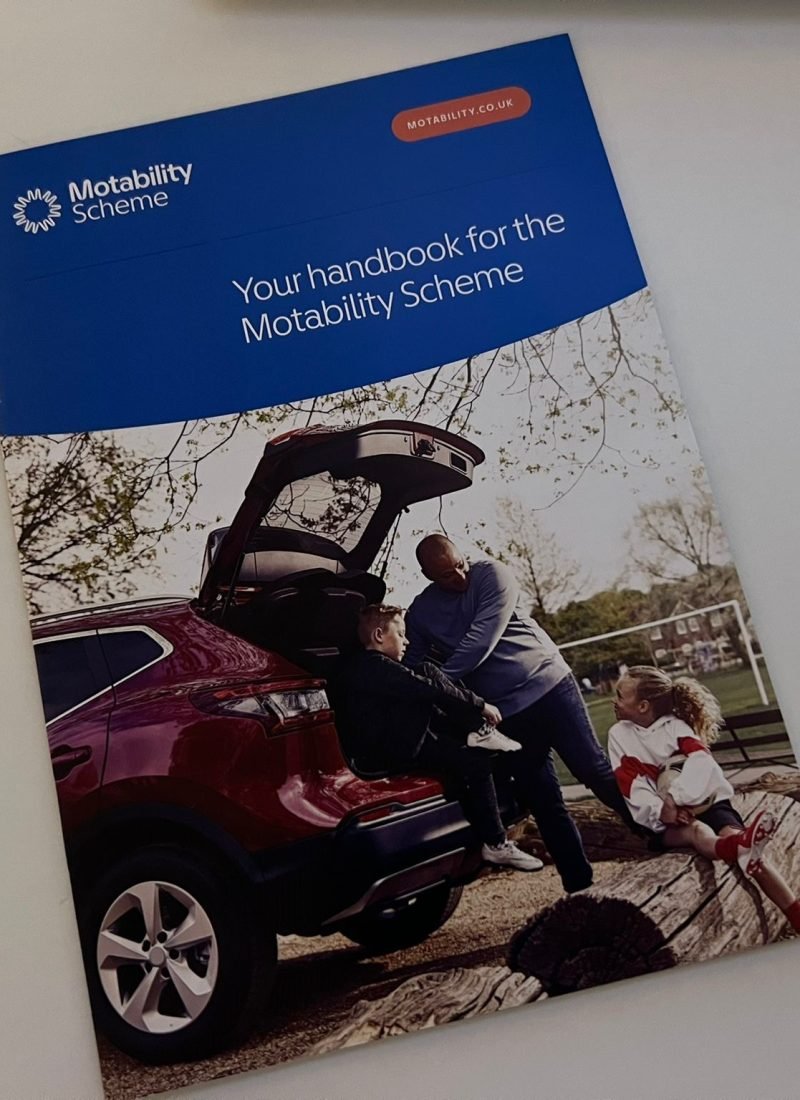If you or someone you care for has a disability or medical condition that affects mobility, a Blue Badge can provide invaluable assistance by granting access to disabled parking spaces and other benefits. This guide will walk you through the process of applying for a Blue Badge in the UK, ensuring you have all the information needed to make your application as smooth as possible. Whether you’re applying for the first time or renewing, this post covers everything from eligibility criteria to the application process, costs, and tips for a successful outcome.
Understanding the Blue Badge Scheme
The Blue Badge scheme is a government initiative in the UK designed to support individuals with severe mobility issues. It allows eligible drivers or passengers to park closer to their destination, making everyday tasks more manageable. Blue Badge holders can park in designated disabled bays, on single or double yellow lines (with some restrictions), and often in free or extended parking spaces in public car parks. This can make a significant difference for individuals who struggle with walking long distances or carrying out daily activities due to a disability.
Who Is Eligible to Apply for a Blue Badge?
Eligibility criteria for a Blue Badge vary slightly across the UK—England, Scotland, Wales, and Northern Ireland—but the core requirements are similar. You may automatically qualify for a Blue Badge if you receive certain benefits, such as:
- Personal Independence Payment (PIP): If you receive 8 points or more in the “moving around” component.
- Disability Living Allowance (DLA): If you receive the higher rate mobility component.
- Blind Registration: If you are registered as blind (severely sight impaired).
- War Pensioners’ Mobility Supplement: If you receive this benefit due to injuries sustained in service.
- Armed Forces Compensation Scheme: If you’ve been assessed as having a permanent and substantial disability affecting mobility.
Even if you do not automatically qualify under these benefits, you may still be eligible if you:
- Have a disability that makes it difficult to walk, either due to pain, breathlessness, or instability.
- Have a hidden disability, such as severe autism, dementia, or mental health conditions, which affects your ability to travel safely.
- Experience severe difficulty using both arms, making it impossible to operate parking machines.
- Have a temporary disability expected to last at least 12 months.
How to Apply for a Blue Badge
Applying for a Blue Badge is a straightforward process, but it requires gathering specific documentation and completing an application through your local council. Here’s a step-by-step guide on how to apply for a Blue Badge in the UK:
- Visit the Official Government Website
To begin your application, visit the UK government’s official website at gov.uk and click on “Apply for a Blue Badge.” This page will direct you to the website of your local council, as they manage Blue Badge applications in their respective areas. - Check Your Eligibility
Before proceeding, make sure you meet the eligibility criteria discussed earlier. If you are uncertain, you can use the eligibility checker tool on the government’s website for guidance. - Prepare the Required Documentation
You will need the following documents to complete your application:
- Proof of identity (passport, birth certificate, or driving licence).
- Proof of address (utility bill, bank statement, or council tax bill dated within the last 12 months).
- Proof of eligibility (e.g., PIP award letter, letter from your GP, or medical evidence).
- A recent passport-sized photograph (digital upload or physical copy, depending on the application method).
- Complete the Application Form
You can complete the application form online through your local council’s website or request a paper form if you prefer to apply by post. The form will ask for details about your disability, how it affects your mobility and any supporting information from healthcare professionals. Be thorough and honest when providing this information, as it will form the basis of your application. - Pay the Application Fee
The cost of applying for a Blue Badge is typically £10 in England and £20 in Scotland, while it is free in Wales. Fees may vary slightly depending on the local council, so check with them directly. - Submit Your Application
Once your form and supporting documents are ready, submit your application either online or by post. You will receive confirmation from your local council that your application has been received.
What Happens After You Apply?
After submitting your application, your local council will review the information provided and may contact you for further details. In some cases, they may require an independent mobility assessment to verify your eligibility. This assessment is carried out by a healthcare professional and helps determine whether you meet the criteria for a Blue Badge.
The decision-making process can take several weeks, so it’s important to apply well in advance if you’re renewing an existing badge. Once your application is approved, your Blue Badge will be sent to you by post.
How Long Does a Blue Badge Last?
A Blue Badge is typically valid for three years. When it expires, you’ll need to reapply and provide updated information about your condition. If your circumstances change during the validity period (e.g., your mobility improves or worsens), you must inform your local council immediately.
Tips for a Successful Application
- Be Detailed and Honest
When describing how your condition affects your mobility, provide specific examples of the challenges you face. This helps the council understand your needs better. - Gather Strong Supporting Evidence
Include as much medical evidence as possible, such as letters from your GP, specialist reports, or details of medications you take. - Apply Early
If you’re renewing a Blue Badge, start the application process at least 8 weeks before it expires to avoid a gap in coverage. - Seek Help If Needed
If you’re unsure about any part of the application process, contact your local council or a disability charity for guidance.
Why Is the Blue Badge Important?
For many people, a Blue Badge is not just a parking permit—it’s a lifeline. It enables greater independence, reduces stress, and improves access to essential services. By applying for a Blue Badge, you can make life significantly easier for yourself or a loved one who faces mobility challenges.
Conclusion
Applying for a Blue Badge in the UK doesn’t have to be a daunting task. By following the steps outlined in this guide, you can navigate the process with confidence and improve your chances of success. Remember to check your eligibility, gather the necessary documents, and submit a thorough application to your local council. The Blue Badge scheme is a vital resource for individuals with mobility issues, offering increased freedom and accessibility. If you or someone you care for could benefit, don’t hesitate to start the application process today.
For more information on how to apply for a Blue Badge, visit Gov.uk and take the first step toward greater independence.
For a similar post see Motability Scheme Live Events 2025.
Discover more from The Blue Badge Blog
Subscribe to get the latest posts sent to your email.




Leave a Reply